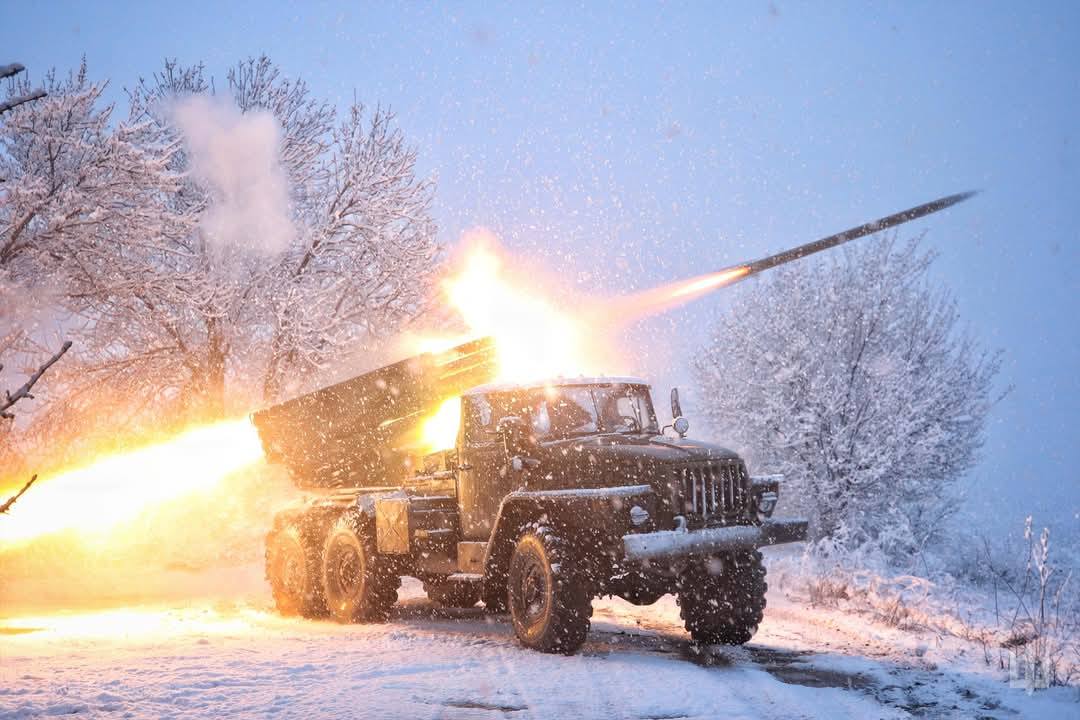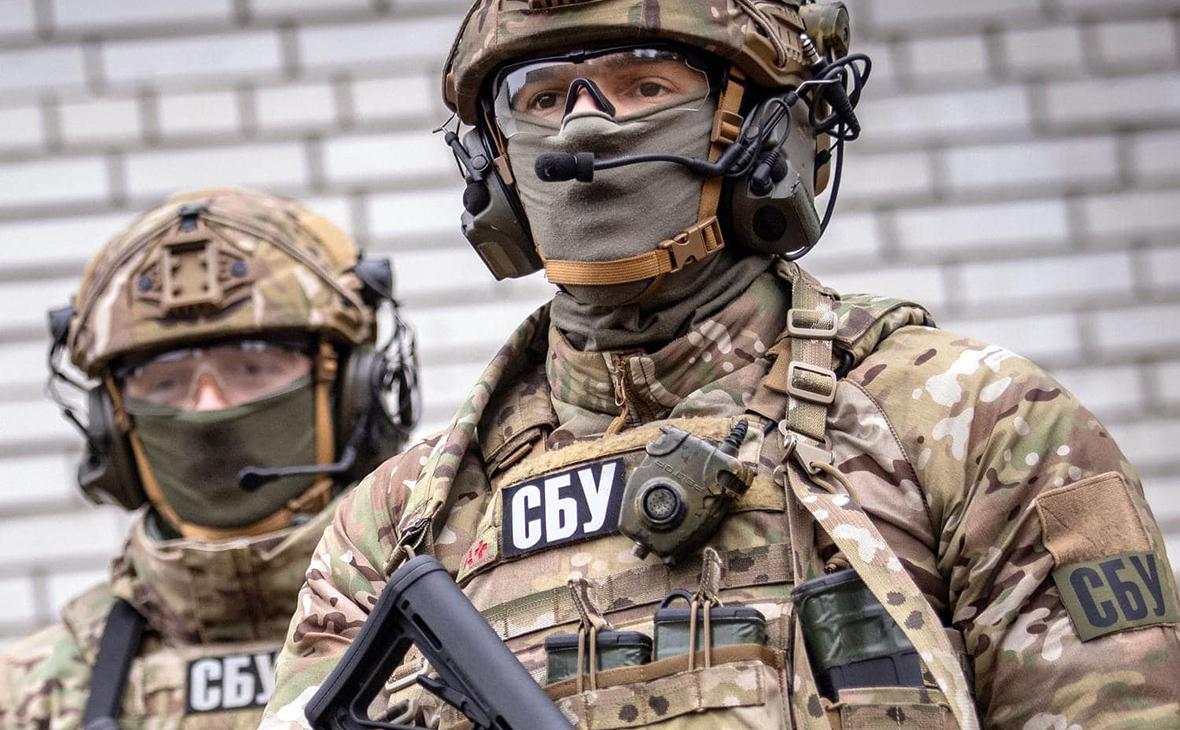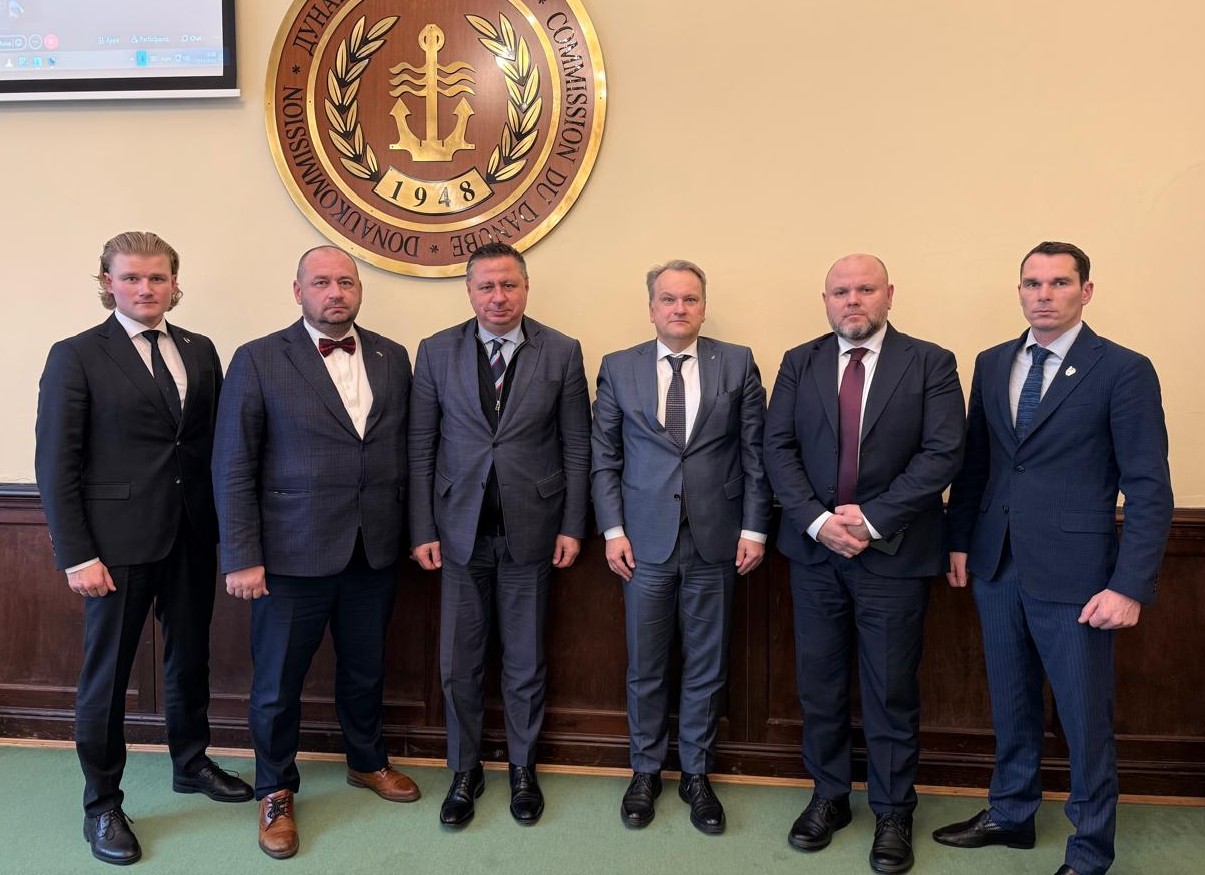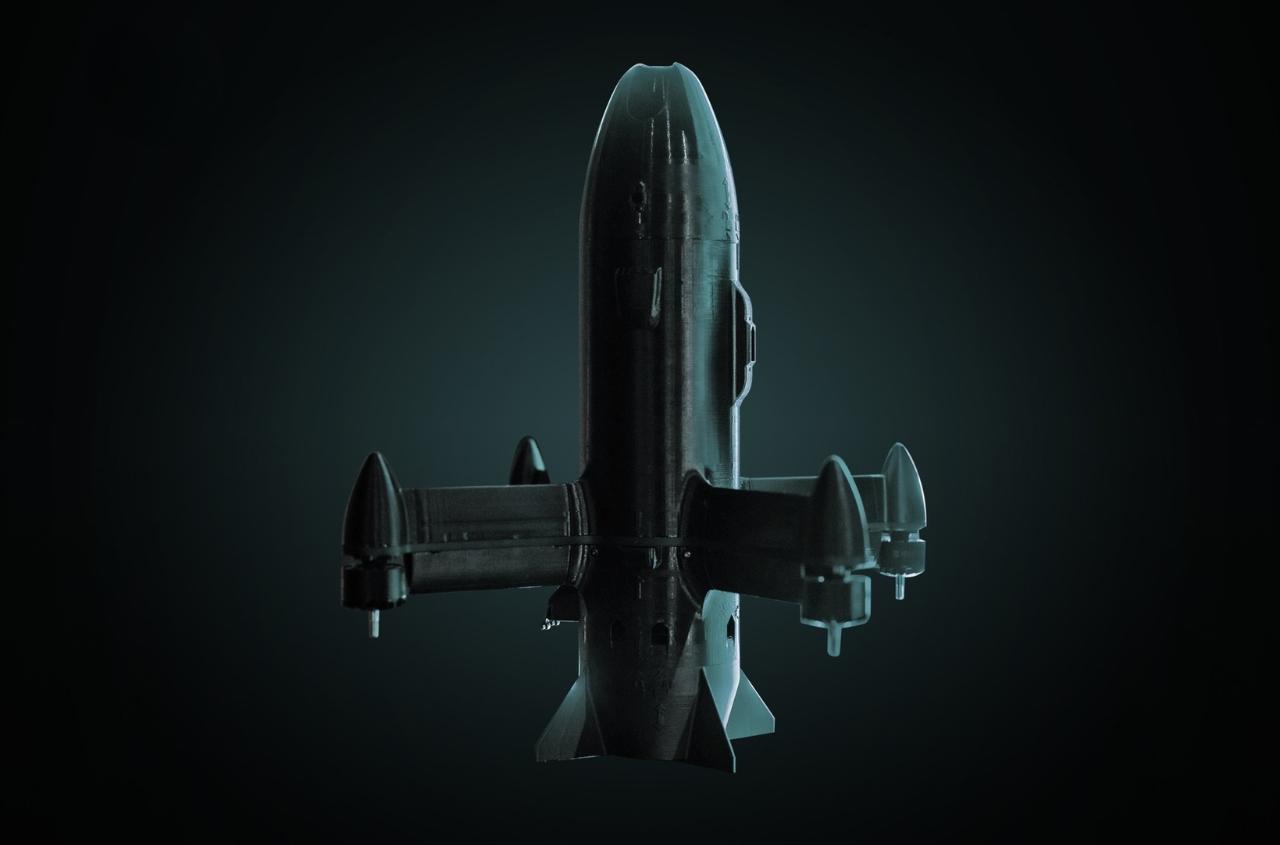In the area of responsibility of the Khortytsia Operational-Strategic Group of Forces, the Pokrovsk and Toretsk axes remain the most active, where the Rusian forces continues its attempts to reach the administrative borders of Donetsk region.
This was stated on live television by Viktor Trehubov, spokesperson for the Khortytsia group.
“The most active direction remains Pokrovsk, followed by Toretsk, then all the others. The calmest sector in our area is Kharkiv, although attacks continue there as well — currently every other day, mostly in Vovchansk. In the Pokrovsk direction, the intensity is very high — the Russians are trying to bypass the city from the west and reach the Pokrovsk–Kostiantynivka highway. In Toretsk, as you know, there is urban fighting. The same goes for Chasiv Yar. Meanwhile, the enemy is actively trying to advance in the Lyman and Kupiansk directions on both sides of the Oskil River. On one side, they are conducting offensive operations; on the other, they are trying to transfer forces,” said Trehubov.
Commenting on the situation near the Oskil River, he noted that Russian troops are attempting to build a crossing to supply their forces:
“They managed to transfer some forces while the river was still frozen. Now they’re struggling to supply and support those troops effectively. That’s why they are actively trying to build something more permanent there — not just using boats, but establishing a more stable crossing,” he explained.
Trehubov emphasized that the Russian forces does not have many directions to maneuver if it wants to reach its main goal — the administrative borders of Donetsk region:
“The Russians don’t have many viable directions to advance if they want to achieve their political objective — reaching Donetsk’s borders. One way or another, they must attack Pokrovsk, as it is within the region and key to controlling it. Similarly, they must try to take Toretsk and push toward the Kramatorsk–Sloviansk agglomeration. They will also have to deal with Kostiantynivka if they want to achieve these goals,” he said.
He also pointed out that the logistics in the Pokrovsk direction are relatively convenient, which is why the Russina forces keeps trying to approach the city:
“Just because they have to do it doesn’t mean they’re succeeding,” Trehubov reassured.





















